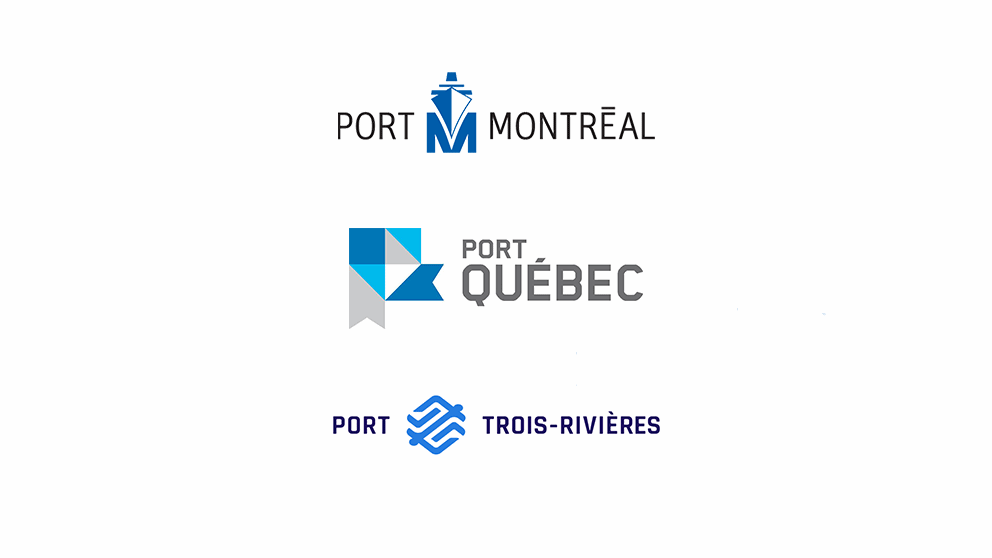
Montreal, Quebec and Trois-Rivières ports accept the Net-Zero Challenge
Three St. Lawrence River have accepted the federal government’s Net-Zero Challenge. The ports of Montreal, Quebec, and Trois-Rivières made the announcement during the Assises québécoises du secteur maritime, the SODES maritime industry forum held in Lévis earlier this week.
Launched in August 2022 by the Minister of Environment and Climate Change, the Net-Zero Challenge is a voluntary initiative that invites organizations to develop and implement credible and effective transition plans to make their facilities and operations emission-free by 2050.
The ports announced their collective participation in the Net-Zero Challenge because they are joining forces to accelerate the decarbonization of maritime transportation within the St. Lawrence River corridor.
MPA sets course for 2035 carbon neutrality
On May 8, the Montreal Port Authority (MPA) provided an update on its key objectives for decarbonization, climate change adaptation and land protection. Aligned with its 2023-2027 Strategic Plan, these objectives include the gradual reduction of the port’s carbon footprint with major targets set for the 2035 and 2050 horizons.
“The Port of Montreal is at the forefront of decarbonization,” says Martin Imbleau, the MPA’s CEO. “Ramping up the fight against climate change and accelerating decarbonization are not only moral obligations but also opportunities to innovate, invent new solutions and stand out.”
Scope 1, 2 and 3 greenhouse gas (GHG) emissions, for which the MPA is fully responsible, will be reduced by 55% by 2030 on the way to carbon neutrality by 2035. These include GHG emissions from the MPA’s rail operations on the intermodal network, the management of its buildings and vehicle fleet, as well as any infrastructure work.
Other GHG emissions over which the MPA does not have full responsibility, will be reduced by 40% by 2040 on track to carbon neutrality by 2050. These emissions are primarily generated by logistical operations located on port territory.
To achieve these objectives, the MPA will implement or scale up a range of measures. They include encouraging the adoption of new energy practices by using the port territory as a lever for decarbonization through the greater use of shore power and sustainable fuels, along with collaborating with partnering companies to reduce the emissions from trucks and trains at the port.
To promote biodiversity, the MPA is designating 30% of the territory under its management as a protected wildlife area. The ratio of natural space aligns with the 30% goal set out the Kunming-Montreal Biodiversity Framework concluded at the COP15 United Nations Biodiversity Summit last December. The MPA will also invest $10 million over the next five years on projects to green city-port interfaces.